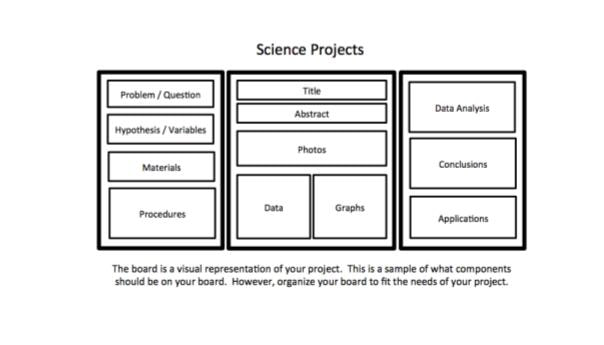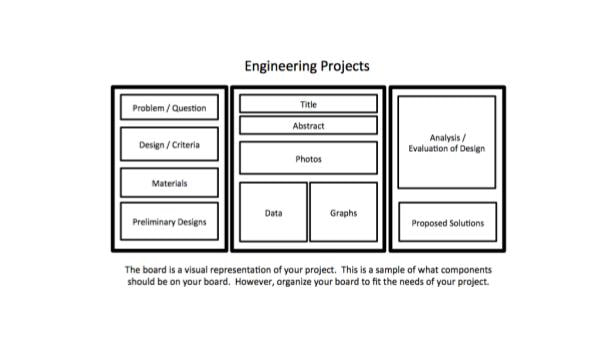Investigative Projects
Investigative Projects require students to explore a phenomenon and/or problem and must follow the Scientific Method or Engineering Design Process. (Think “traditional” science & engineering fair project)
Science, Engineering, Mathematics/Computer Science projects can qualify for the CA State Science and Engineering Fair and will be judged using this rubric. This applies only to projects in 6-12.
Requirements:1. Hold Harmless permission
2. Safety documentation as applicable. (Only applies for 6-12 projects seeking to move onto CSEF and will not be collected unless the project is chosen as a state qualifier by SJCOE) 3. Tri-fold board or Poster: Limited to 121 cm (4 feet) side to side, 92 cm (3 feet) top to bottom, and 93cm (3ft) front to back.
4. Notebook (optional but highly recommended): (Handwritten or computer generated. If using a computer-generated notebook, you must bring a printout of the notebook to project check-in.)
|
Page Updated 9/2/2021


